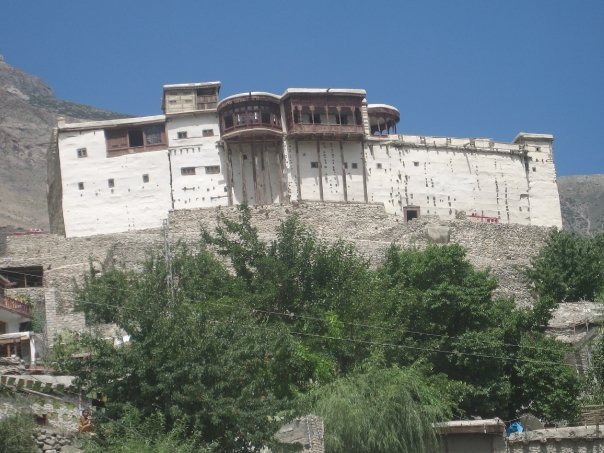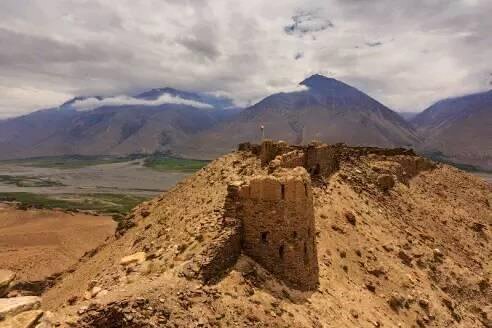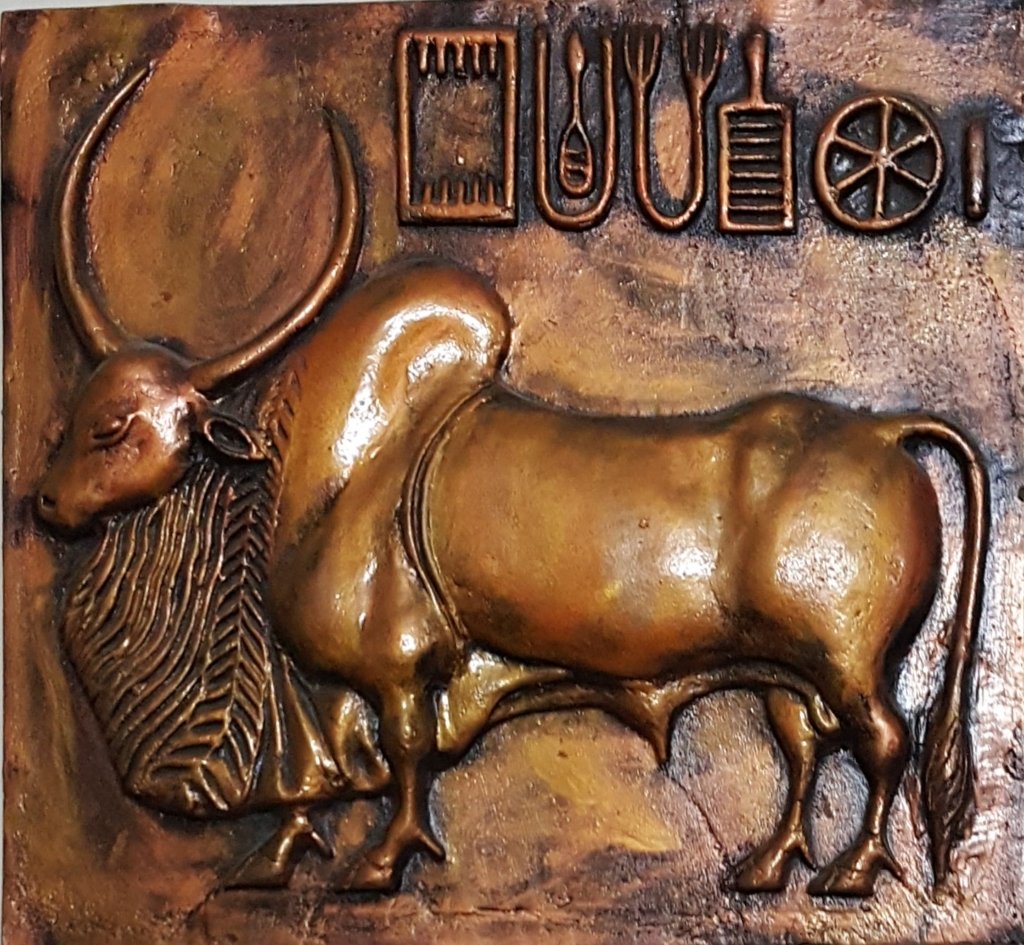High Asia Herald Report

Islamabad: Two world tourism and culture bodies have joined hands to produce new guidelines on the restart of cultural tourism in the post-Covid-19 era, said a statement.
“The shared values and close ties between tourism and culture means both sectors can work together to ensure inclusive access to heritage, as countries around the world recover from the Corona pandemic,” read the statement issued by the UN World Tourism Organisation.
In recognition of this mutually reinforcing relationship, the World Tourism Organization (UNWTO) and UN Educational, Scientific and Cultural Organization (Unesco) have collaborated to produce a set of new guidelines focusing on the responsible restart of cultural tourism.
This is the second set of guidelines relating to the socio-cultural impacts of COVID-19 issued by the organisation and will continue to be revised, as the situation evolves, the statement stated.
Make cultural tourism relevant

The publication draws on the insights and expertise of the two UN agencies to analyse the impact of the pandemic on their respective sectors. This includes how lost revenues are severely impacting communities, heritage sites, cultural events, spaces and institutions, while also weakening destinations’ competitiveness and market differentiation.
The guidelines on cultural tourism also stress the need for support from policymakers to ensure the relevance of culture in the emergency and contingency planning within tourism destinations.
Cooperation for a better future
Alongside the new guidelines, UNWTO is urging the cultural tourism sector to create participatory governance structures, bringing together artists, creators, tourism and culture professionals, the private sector and local communities, for an open dialogue, data exchange and real-time solutions.
The document also advocates for better urban–rural connections so as to ensure the benefits of both culture and tourism are enjoyed as widely as possible.
As a result of the pandemic, 90% of countries introduced total or partial closures of their world heritage sites. In many cases, sites of special significance to humanity were closed to the public for the first time in decades.
At the same time, the pandemic highlighted the relevance of both tourism and culture. The sudden fall in tourist arrivals has been felt across the globe, while millions of people have turned to virtual cultural experiences for comfort and inspiration.

The release of the guidelines comes within the context of the International Year of Creative Economy for Sustainable Development 2021, a UN initiative designed to recognize how different manifestations of culture, including cultural tourism, can contribute to advancing the Sustainable Development Goals (SDGs).
